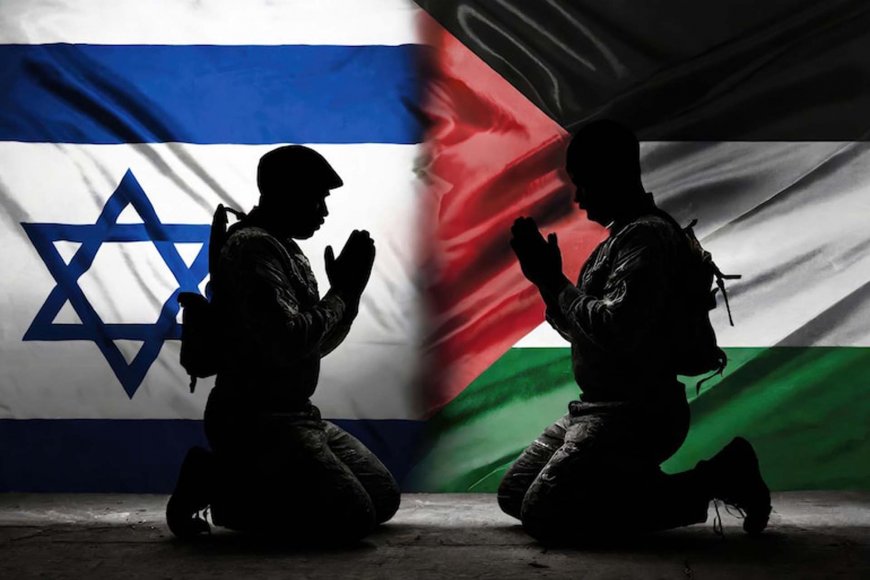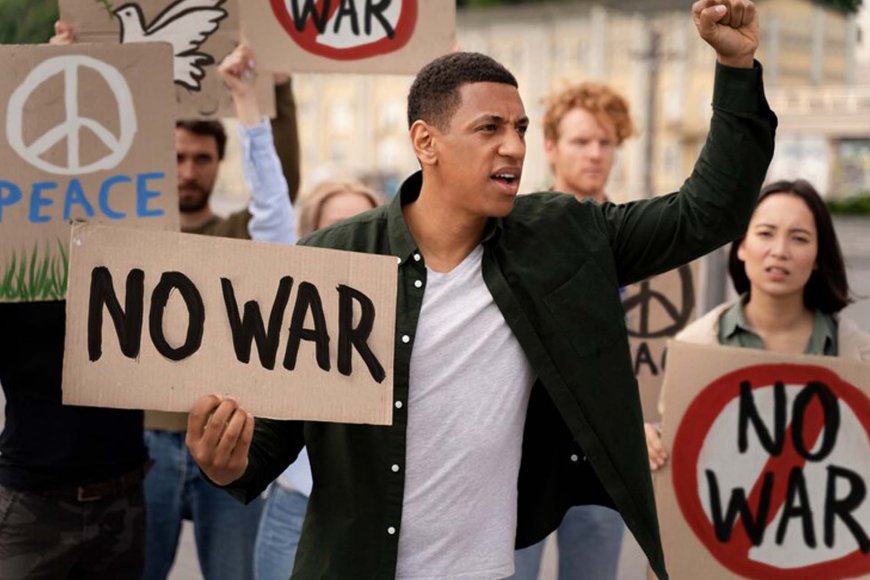What are the Proposed Solutions to the Israeli and Palestinian
The Israeli-Palestinian conflict is a long-standing and deeply complex issue that has endured for decades.
Numerous proposed solutions have been put forth over the years, reflecting the diversity of perspectives and interests involved. While summarizing all of them in just 1000 words is challenging, this overview will focus on some of the most prominent and frequently discussed solutions:
-
Two-State Solution:
- Description: The two-state solution envisions the creation of two independent and sovereign states, Israel and Palestine, living side by side in peace and security.
- Rationale: It is widely seen as a fair and equitable way to address the national aspirations of both Israelis and Palestinians.
- Challenges: Issues related to borders, refugees, the status of Jerusalem, and security concerns have hindered its implementation.
-
One-State Solution:
- Description: Advocates of a one-state solution propose a single, binational state in which Israelis and Palestinians enjoy equal rights and representation.
- Rationale: Proponents argue that it addresses the concerns of both national communities and offers a more just and inclusive future.
- Challenges: Concerns about potential loss of identity, political representation, and security issues have been obstacles to this approach.
-
Confederation:
- Description: This solution envisions two independent states, Israel and Palestine, coexisting within a broader confederation that addresses issues like security, water resources, and economic cooperation.
- Rationale: It attempts to balance the aspirations of self-determination with the practical necessity of cooperation on shared matters.
- Challenges: Agreement on the specifics of such a confederation, as well as the broader political and ideological differences, make this solution challenging to implement.
-
Temporary Borders and Interim Agreements:
- Description: Some suggest that a partial agreement, establishing provisional borders and addressing specific issues, could serve as a stepping stone towards a final resolution.
- Rationale: This approach seeks to create stability and build trust gradually, facilitating more comprehensive negotiations in the future.
- Challenges: The risk is that temporary solutions may become permanent or that they fail to address core issues adequately.
-
Economic Development and Peace-building:
- Description: Emphasizing economic development and cooperation as a means to foster peace, this approach aims to address underlying issues that fuel the conflict.
- Rationale: By improving living conditions and promoting economic interdependence, it seeks to reduce hostility and build common interests.
- Challenges: Economic development alone may not address deeply rooted political, ideological, and identity-based grievances.
-
International Peacekeeping and Mediation:
- Description: Proposals include deploying international peacekeeping forces and mediation efforts to oversee and facilitate negotiations between the two parties.
- Rationale: International involvement is seen as a means to mitigate the imbalance of power and help overcome the parties' mutual mistrust.
- Challenges: Consent from both parties, as well as navigating the complexities of sovereignty, are key obstacles to this approach.
-
Track II Diplomacy and Civil Society Engagement:
- Description: This approach involves unofficial dialogue and people-to-people initiatives to promote understanding, trust, and cooperation.
- Rationale: By engaging citizens and civil society, it aims to create a more favorable environment for formal negotiations.
- Challenges: The impact of these efforts can be limited without official support and willingness to compromise from both sides.
-
UN Resolutions and International Law:
- Description: Some argue that a solution can be found by adhering to United Nations resolutions and international law, which call for the establishment of a Palestinian state and the withdrawal of Israeli settlements.
- Rationale: It emphasizes a rules-based approach to resolving the conflict.
- Challenges: Implementation is difficult without the cooperation of the parties involved, and compliance with international law can be contentious.
-
Regional Peace Initiatives:
- Description: Encouraging regional powers, such as Arab states and Israel, to engage in peace agreements that can influence the Israeli-Palestinian dynamic.
- Rationale: Regional cooperation can help address security concerns and promote broader acceptance of a solution.
- Challenges: Regional politics, conflicts, and differing interests can complicate such initiatives.
-
Public Diplomacy and Narratives:
- Description: Addressing the narratives and historical narratives that fuel the conflict through education and communication.
- Rationale: By changing perceptions and narratives, it aims to reduce animosity and foster understanding.
- Challenges: This approach may take years to yield results and is challenging amid ongoing violence and political stagnation.
Conclusion: What are the Proposed Solutions to the Israeli and Palestinian
The Israeli-Palestinian conflict is a deeply rooted and multifaceted issue with no easy solution. The proposed solutions range from partition to confederation, economic development to international mediation. Ultimately, finding a lasting resolution requires the genuine commitment of both Israelis and Palestinians, as well as international support, to negotiate and implement an agreement that addresses their core concerns and aspirations while promoting peace and stability in the region.
post your feedback in our guest blogging platform comments section !
What's Your Reaction?














































